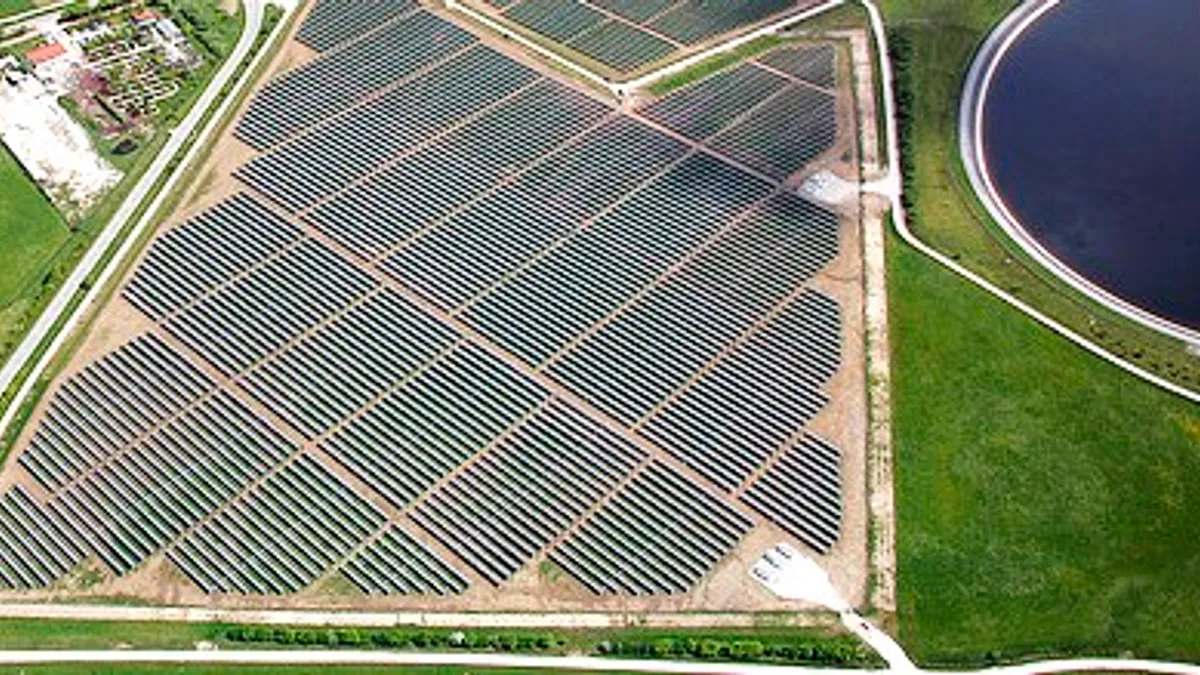Dive Brief:
-
North Carolina moved to the second spot in terms of utility scale solar power owned by independent power producers in 2015, beaten only by California, according to the U.S. Energy Information Agency (EIA).
-
Utility scale solar, defined as plants of 1 MW or more, flourished in North Carolina under a decades old federal law, the Public Utility Regulatory Policies Act of 1978 (PURPA).
-
Of North Carolina’s 1,271 MW of utility scale solar capacity, 1,173 MW were built under PURPA, giving the state the highest tally of PURPA solar plants, according to the EIA.
Dive Insight:
PURPA was responsible for a huge build out of gas-fired power plants until a 2005 federal law (the Energy Policy Act) amended the statute, giving utilities the ability to opt out of PURPA’s key must-buy provision if the utility could demonstrate there was a viable wholesale market available to power plant developers.
Since then, PURPA faded in importance, but has made a comeback, especially in Western states, where it has been used to build wind and, increasingly, solar power projects.
The law has its critics and faces some tough battles, but it has made its mark on North Carolina’s solar profile.
Utilities in North Carolina are required to sign power purchase agreements at avoided costs with qualifying solar projects up to 5 MW in size for terms up to 15 years. The availability of long-term contracts helps solar PV developers secure project financing.
Whether North Carolina maintains its pace of solar development remains to be seen, however. The state has a 12.5% by 2021 renewable portfolio standard for investor-owned utilities, but development has fallen off since the state at year end joined the ranks of states that have eliminated their solar tax credit.













